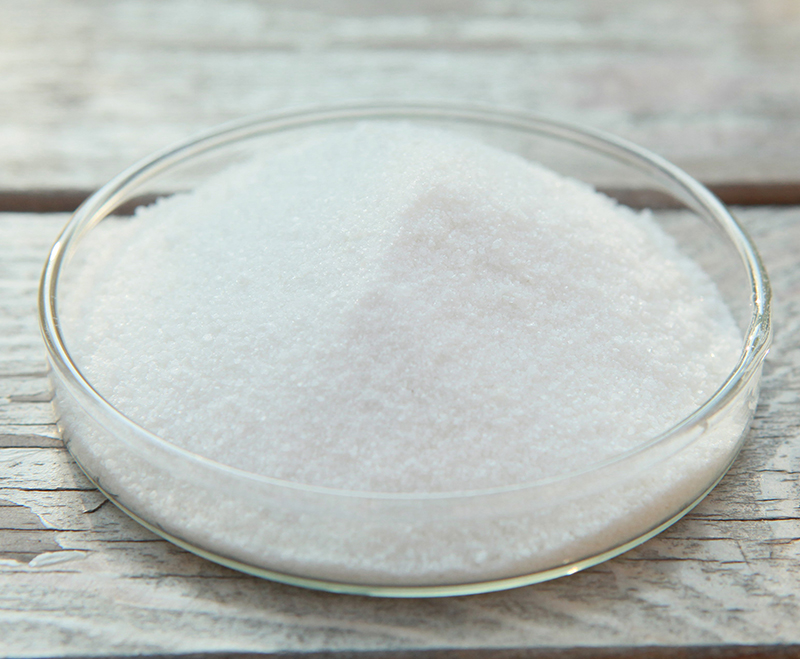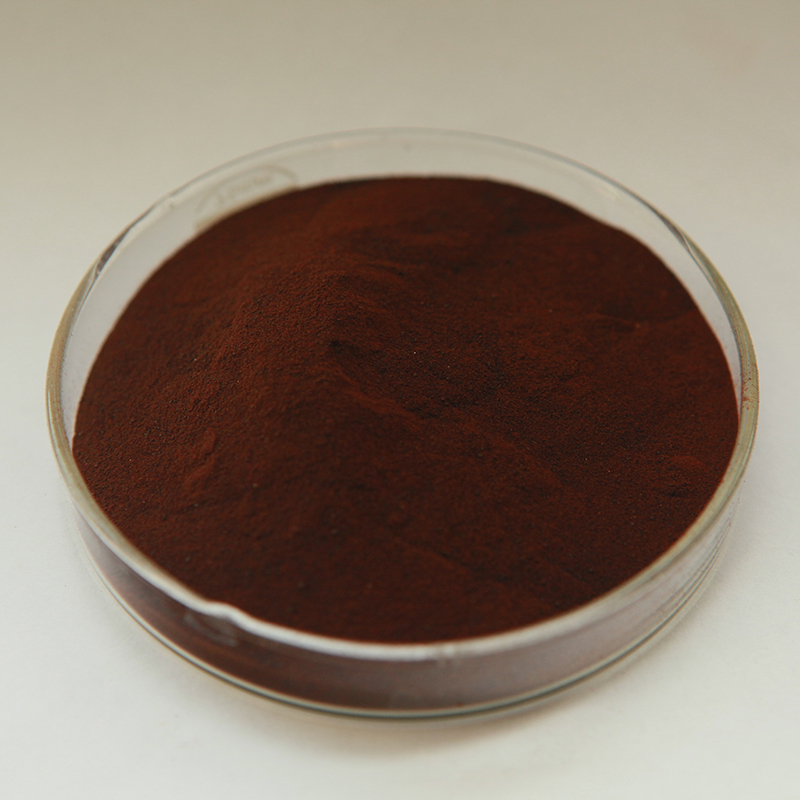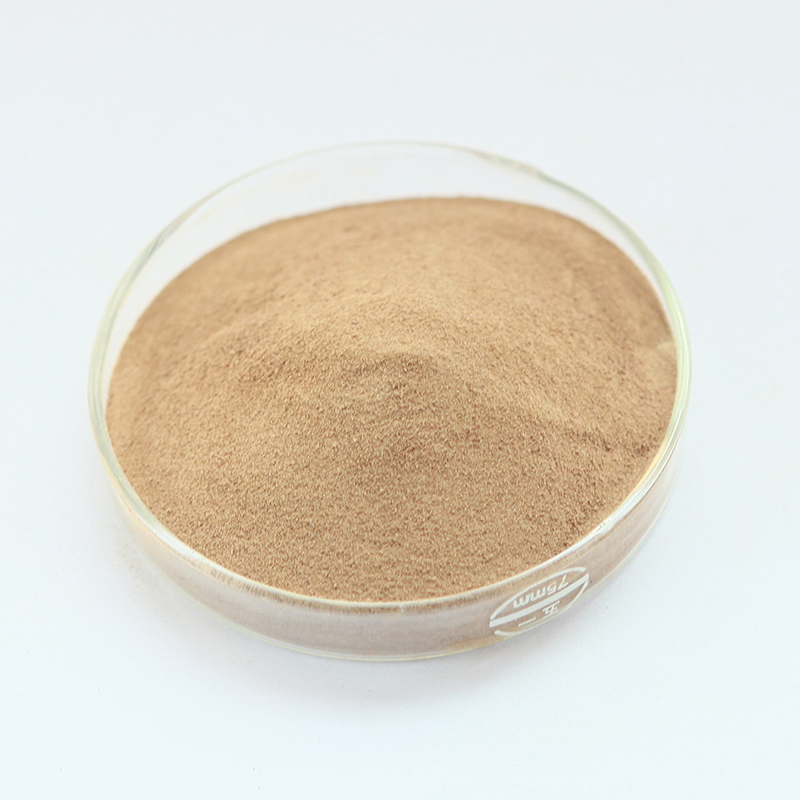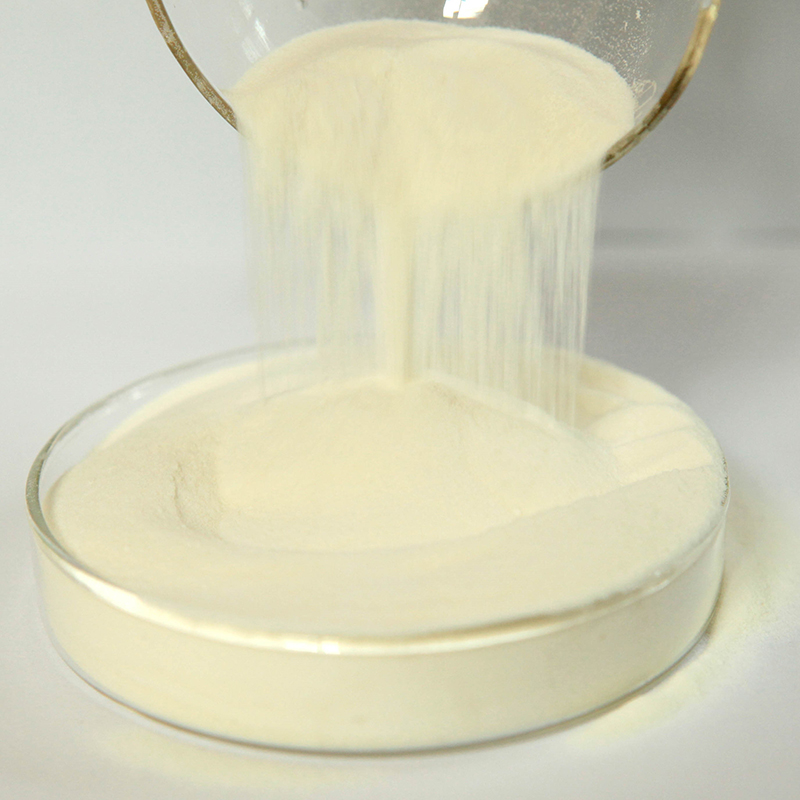
The mixing amount of water reducing agent exceeds the normal mixing amount by several times, and its influence on the performance of concrete should be determined according to the specific situation.
In the first case, in ultra-high-strength concrete, because the water-binder ratio is ≤0.3 or even as low as 0.2, it usually shows that the state of the concrete is not sensitive to the amount of water reducing agent. In order to achieve the ideal fluidity state, the water is reduced. The dosage of the agent is usually 5-8 times the normal dosage, that is, the dosage of polycarboxylic acid needs to reach 5%-8%. For concrete below C50, such a high content is incredible. However, the test results show that the strength of the concrete at each age develops well under this amount, and the 28d strength of concrete is prepared with this strength greater than 100MPa.
The reason is that: the dispersion of water reducing agent on cement is only physical adsorption. Water reducing agent molecules are adsorbed on the surface of cement particles. Through steric hindrance and electrostatic repulsion, the flocculation structure of cement particles is disintegrated and free water is released. , Thereby increasing the fluidity of concrete, and because of its special comb-shaped structure, the polycarboxylic acid based water reducing agent can prevent the cement particles from re-aggregating within a certain period of time, so it has good slump retention performance. Once a certain period of time has passed, the cement hydration product will completely wrap the water reducing agent molecules adsorbed on the surface of the cement particles. After the water reducing agent molecules are shielded, the dispersion disappears completely, and then no longer has any effect or influence on the concrete. The cement is normally water The strength of concrete develops normally.
Of course, due to the high content of water reducing agent, the concentration of water reducing agent molecules in concrete is large. After some molecules are covered by cement hydration products, new molecules are adsorbed on the surface of cement hydration products, preventing cement particles from quickly overlapping. A network is formed, which extends the setting time to a certain extent, but the general cement setting will not exceed 24h.
In the second case, the water reducing agent itself has certain air-entraining and retarding properties, and several times of over-admixture may have a greater adverse effect on the performance of concrete. Generally speaking, the amount of retarding component is determined according to the temperature environment, engineering requirements and the normal dosage of water reducing agent. Adsorption affects the normal hydration of the cementitious material. In the lighter case, the setting time is significantly prolonged, and in the worst case, the concrete will not set for several days or permanently. Generally, for concrete that has set for 2 days or longer, due to the excessive delay of the hydration process, the type and quantity of hydration products will change, resulting in a permanent decrease in the strength of the concrete. Of course, for subway occluding piles (usually 72-90h initial setting) and mass concrete construction such as pile foundations, caps, dams, etc., a long setting time is required. Generally, the strength level should be appropriately increased during the design of the mix ratio. Ensure that the 28d strength meets the design requirements.
The air-entraining water reducing agent is super mixed several times. When the air content of the concrete is appropriate at the normal mixing rate, the air content will be greatly increased after being super mixed several times. The concrete slurry is abnormally rich, and the concrete is light and floating when shoveled, which is serious When the concrete is loose and porous like a loaf, the strength of the concrete is severely reduced.
In the third case, even if the water reducing agent itself has no air-entraining and retarding type, after being doubled, if the water consumption is not adjusted in time, the workability of the fresh concrete may be seriously deteriorated, resulting in serious secretion. Water, segregation, bottom grabbing, hardening, etc., and poor uniformity and stability after pouring, and internal delamination, which leads to an increase in the water-to-binder ratio of the concrete around the steel bar, and a decrease in strength, which makes the steel bar's grip strength seriously drop. A large amount of bleeding caused by serious over-admixture will also appear on the surface of the concrete and the parts in contact with the formwork, resulting in a decrease in the strength of these parts, and a large number of defects such as cracks, honeycombs, and pockmarked surfaces are prone to appear when the mold is removed, which makes the concrete ability to resist external erosion Greatly reduce, seriously affect the durability of concrete.
Post time: Dec-02-2021





